Table of Contents
Early Post Federation
There was a period of reorganisation that took several years. The new Australian Commonwealth Military Forces (ACMF) was not formally recognised until 2 years after Federation. Even then it took a period of years before full amalgamation occurred. Some Queensland units continued to wear State insignia until 1910.
For a good history of this transition period, see https://researchcentre.army.gov.au/sites/default/files/sp311_making_breaking_of_post-federation_australian_army-craig_stockings.pdf
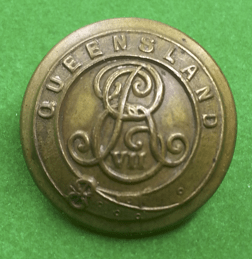
Backmarked Pike Brothers Queensland: Queensland Defence Forces 1903-1910
Western Australian Highlanders
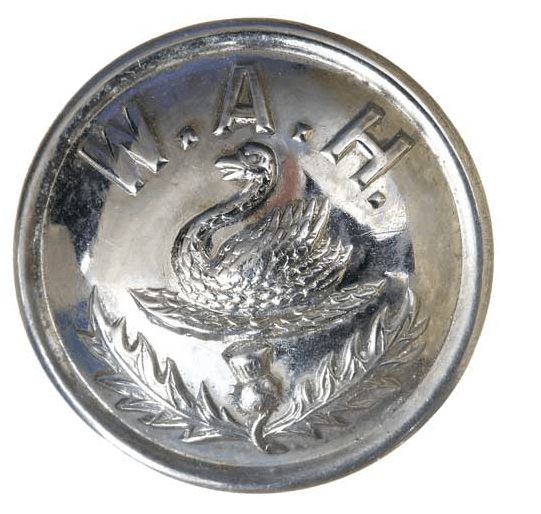
Thanks to Noble Numismatics c.1903.
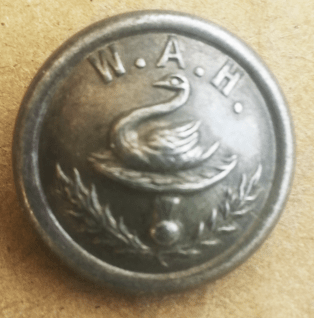
Stokes & Sons Melb.
This unit was proposed in Perth during 1901 but took until 1903 to be established. It was allied to the 79th (Queen’s Own) Cameron Highlanders, and wore the uniform of that regiment. It is not clear when it was disbanded, but it was still in existence in 1915. A new Cameron Highlanders of WA was raised in 1936.
Australian Army Nursing Service
The AANS was set up in 1903 as an amalgamation of prior colonial units as part of the Australian Army Medical Service. It was a reserve unit of nurses who would volunteer for service during periods of conflict, and saw active duty in both World Wars. It was given the Royal prefix in 1948, and became part of the regular army in 1949. It reached corps status in 1951.
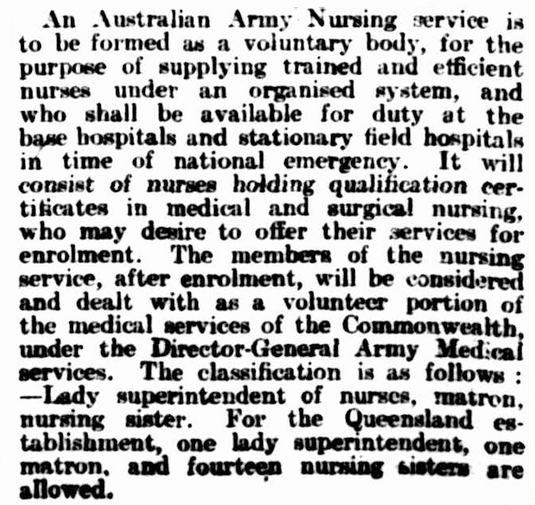
The Brisbane Courier, 26th November 1903 page 5.
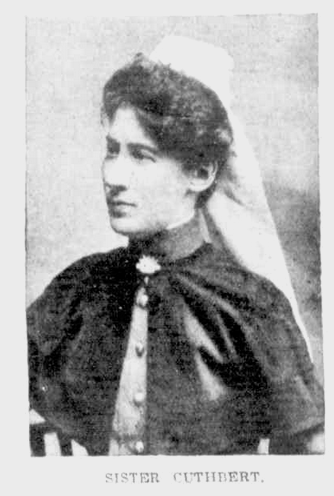
Weekly Times (Vic), 26th January 1907 page 9. A member of the AANS of Victoria.
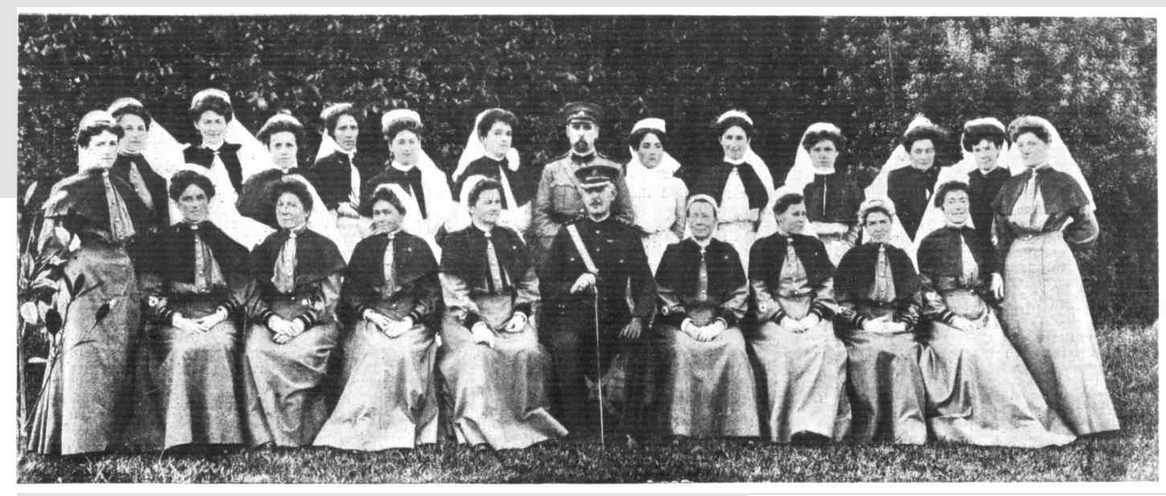
The Sydney Mail and NSW Advertiser, 22nd July 1908 page 230. AANS, NSW.
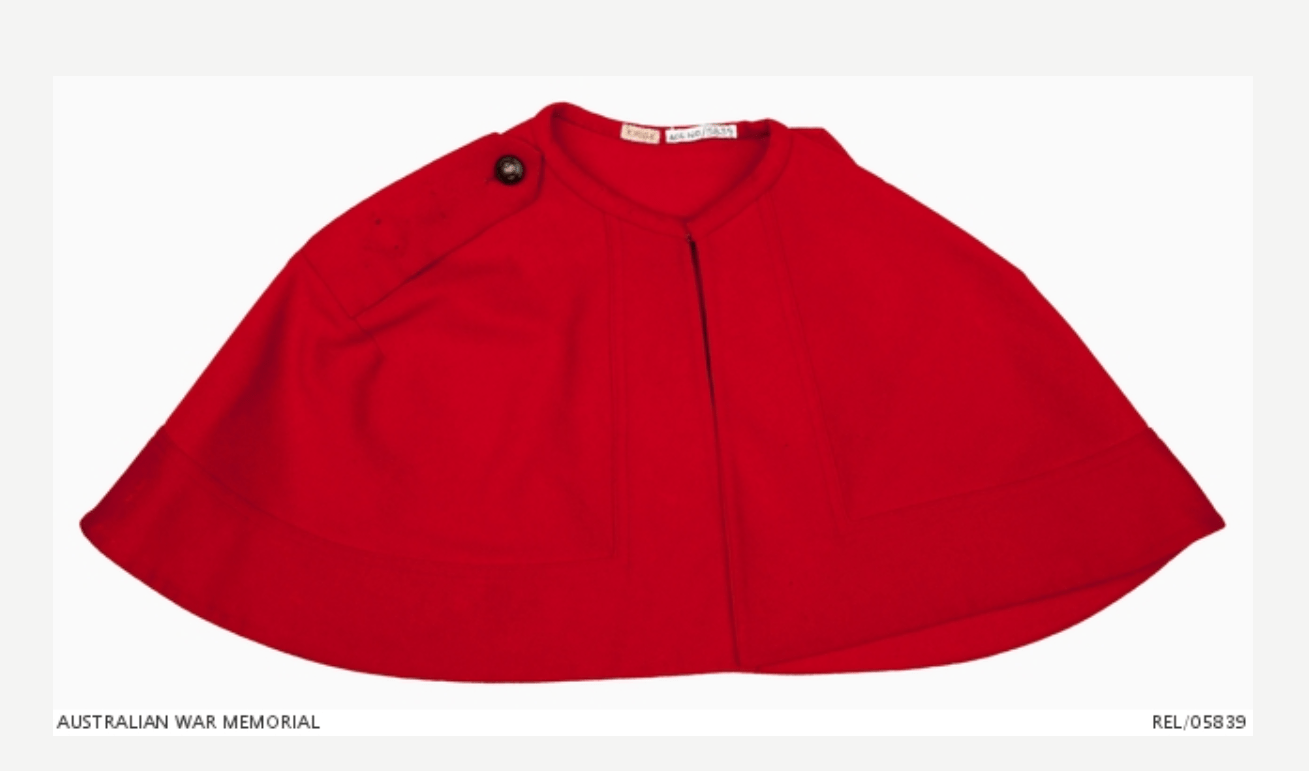
Australian War Museum item #05839. AANS woollen cape, with a small oxidised brass AMF button to secure the shoulder, WW1.
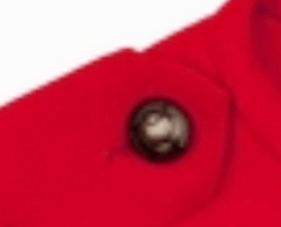
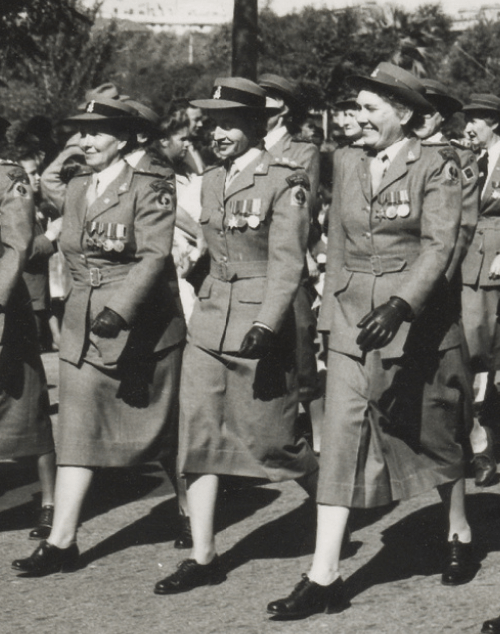
State Library SA, detail from photo #B63113 c.1945.
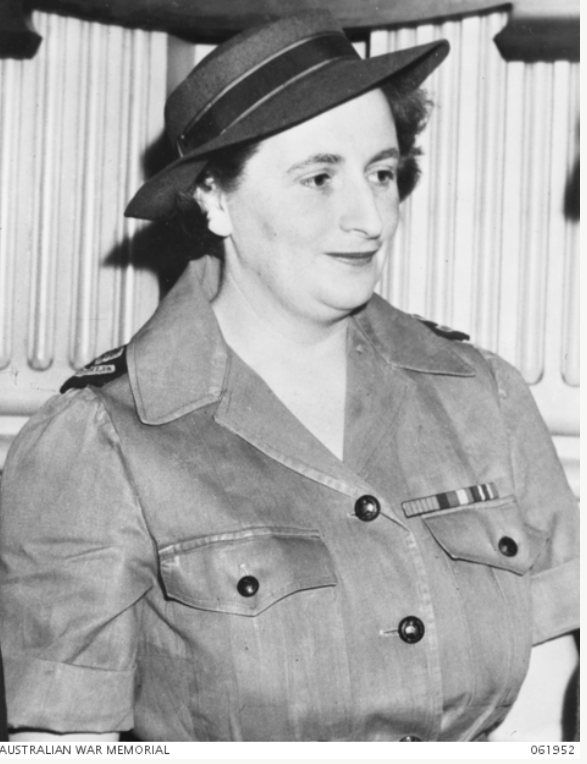
Sr. Ellen Savage, c 1942. The AMF buttons can be seen.
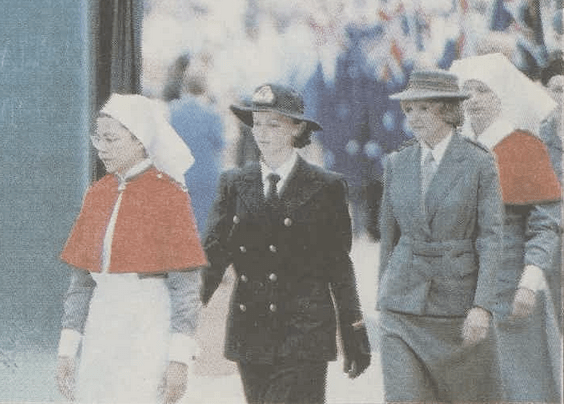
Air Force News, 1st November 1999, page 2. Volunteers paraded in uniforms from various eras during the unveiling of a nursing memorial in Canberra.
The nurses did not get their own designed uniform button until 1954.

The Argus newspaper (Melbourne), 12th March 1954.
Australian Commonwealth Military Forces: 1903-1916
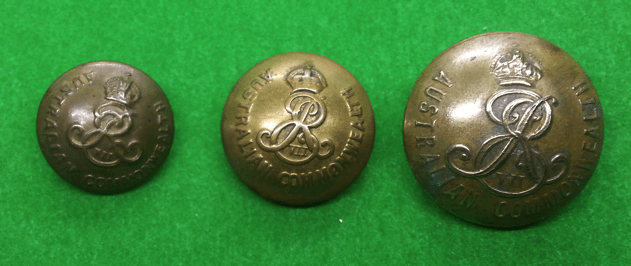
Stokes & Sons
The Department of Defence took over control of the Commonwealth’s military forces on 1st March 1901, soon after Federation. Under Major General Sir E.T.H. Hutton, the new Commonwealth Military Forces were brought into existence and formally recognised from 1903. Under the Defence Act of 1903, permanent soldiers could not be ordered to fight abroad. This meant that during WW1 and WW2 it was necessary to raise of an all volunteer AIF (Australian Imperial Force).
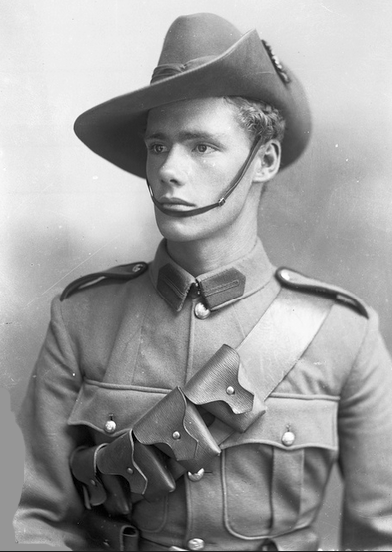
State Library SA [B 74962] Soldier in CMF uniform. Detail of button below.
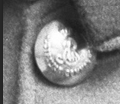
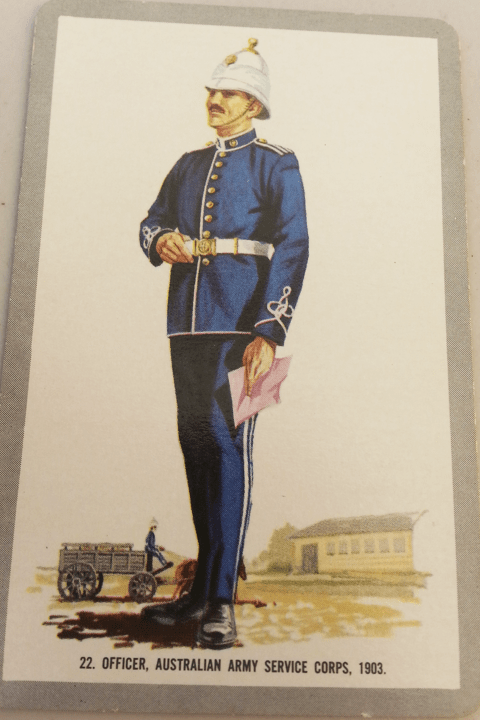
“A comparatively new service, the British Royal Army Service Corps was put on a permanent basis in 1889. The Australian Army service Corps served with distinction in the 1st and 2nd World Wars supplying stores and equipment to front-line forces. It plays a very important role in today’s modern army.”
Australian Military Forces: 1916- 1980
The Australian Military Forces (AMF) was the official name of the Army of Australia from 1916 to 1980. This encompassed both the full-time and part-time (Citizen Military Forces). The new button design was shown in newspapers in 1912.
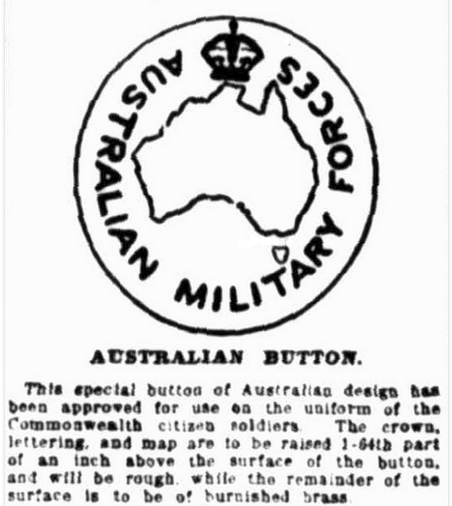
Evening News (Sydney), 24th July 1912 page 7.
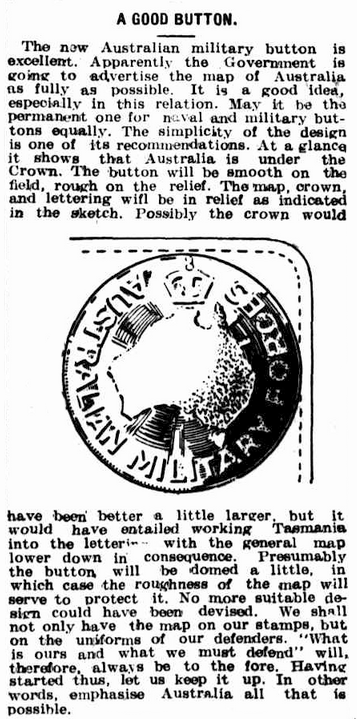
The Lithgow Mecury (NSW), 2nd August 1912 page 7.
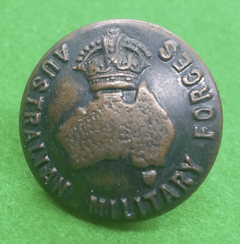
Stokes & Sons
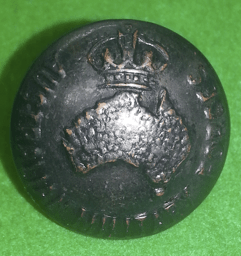
Perfection Plate Syd.
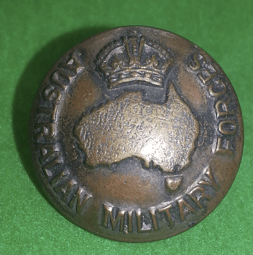
P.J. King Pty. Ltd. Melb
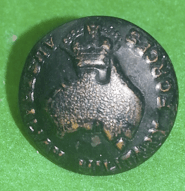
Rainsford’s Sydney
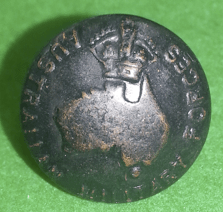
Empire Die & Tool Works Syd. 1940-50
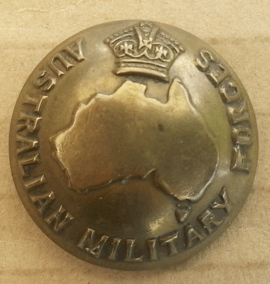
A. J. Parkes Brisbane
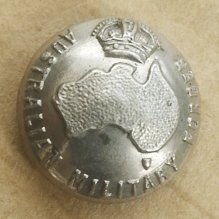
Bentley Melb
The map in the initial design seen was without state borders. There are also versions with state borders excepting the Northern territory, and versions with all borders. There were multiple makers involved, such was the demand for uniforms and buttons at the start of hostilities. The map of Australia shows varying degrees of accuracy, with Tasmania tiny in some, and the whole mainland distorted in others. This design was current during both world wars.
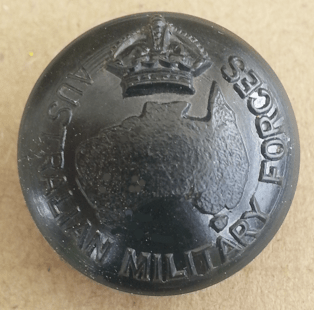
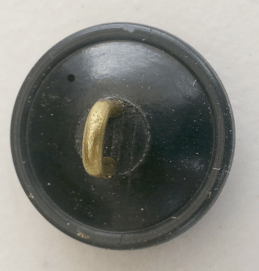
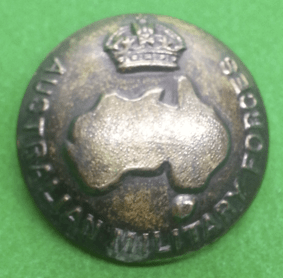
Backmark: Commonwealth
Later versions like Luke’s below, even have a dot to locate the A.C.T.
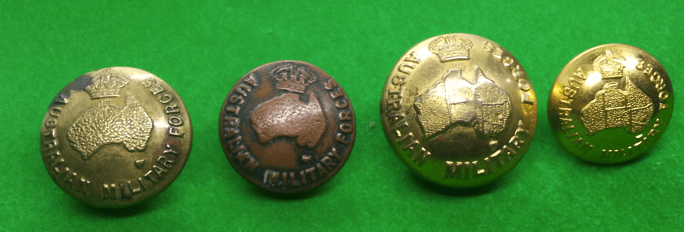
K. G. Luke with and with out borders. The button on the far right is marked K. G. Luke A/Asia which dates it after April 1953, as K.C. Luke was publicly listed that month. Queen Elizabeth adopted her cypher when she ascended, on 6th February 1952, but was not crowned until 2nd June 1953. Perhaps this button was not issued?
The initial version is described as “smooth on the field, rough on the relief”, but some versions have the opposite, and some are all smooth.
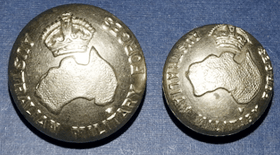
Bentley & Son Melb
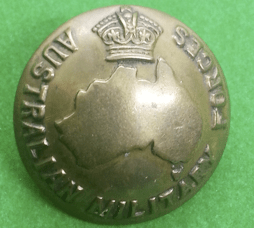
A. J. Parkes Brisbane
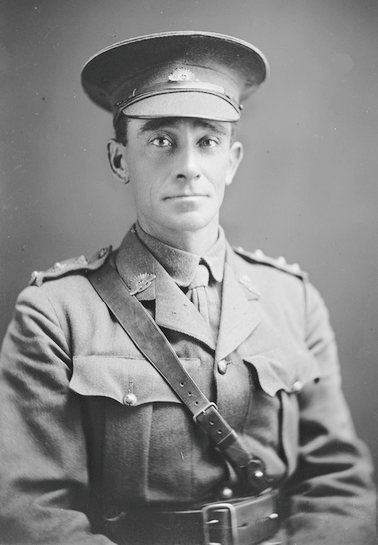
State Library SA B 46130/335: Cpt. Henry Freeman 1916. Detail of button below.
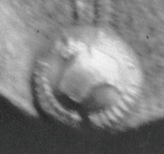
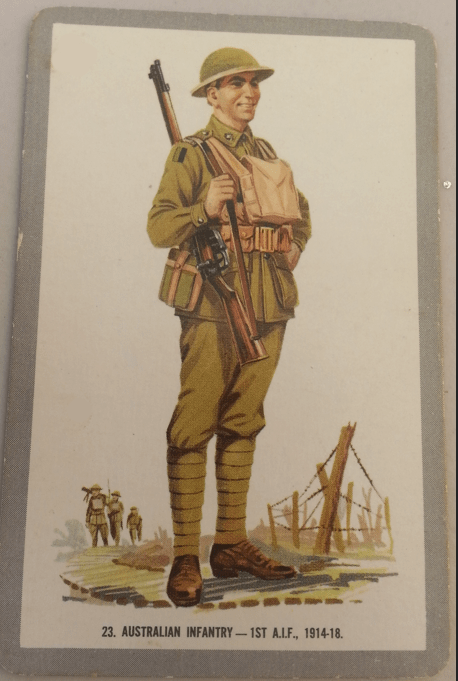
“The soldier depicted is an Australian infantryman. He served in France, where such ANZAC battle honours as Fromelles, Ypres, Messines, Somme, Cobrie, Villiers-Bretonneux, Hamel, Peronne, Mt. St. Quentin, and the Hindenberg Line were added to the Australian military laurels which included Gallipoli and Lone Pine.”
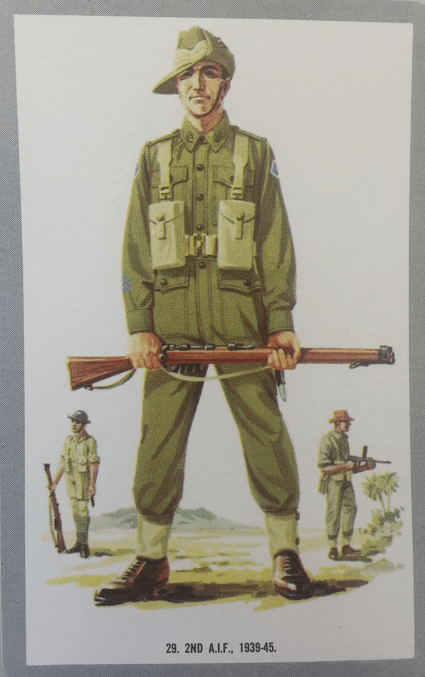
From the back of the card: ‘ Soldiers of the 2nd A.I.F. served in such theartres of war as North Africa, Syria, Greece, Crete, Malaya, New Guinea and the Pacific Islans, and added to their great record such battle honours as Bardia, Tobruk, Derna, El Alamein, Kokoda Trail, Milne Bay, Buna, Shaggy Ridge, Lae, Finschhafen, Salamaua, Balikpapan.’
Plastic buttons
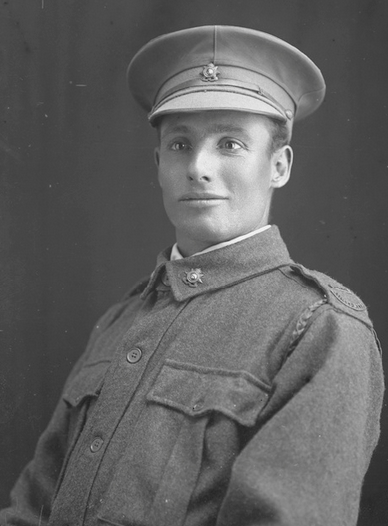
State Library SA B 46130/159: Private Poole 1916.
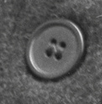
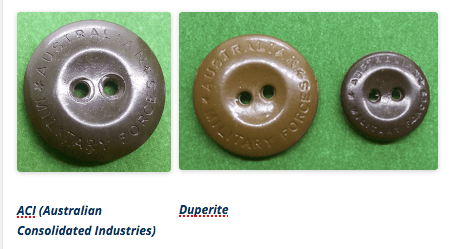
Miscellaneous clothing buttons
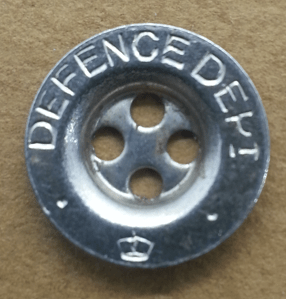
Australian Flying Corps:
This was initially a branch of the Army. See below in the entry for the R.A.A.F.
Australian Staff Corps
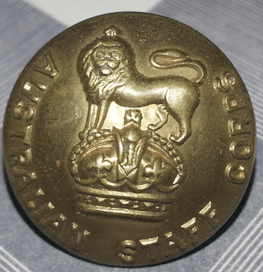
A. J. Parkes
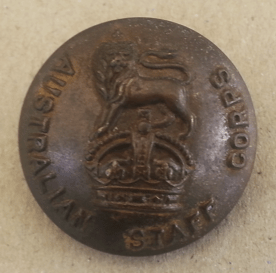
K.C.Luke Pty Ltd Melbourne
In 1920 this corps took over the administrative duties, and the Australian Instructional Corps (AIC) took over training of the interwar militia from the previous Administrative and Instructional Staff (A & I Staff). Post WW2 the increasing role of the regular army, and centralisation of the part-time forces training lead to the ending of this corps in 1983.
Australian Women’s Army Service
The A.W.A.S. was inaugurated in August 1941 after the success of the Women’s Australian National Service (W.A.N.S.) from 1940. They were demobilised by June 30th, 1947. Some who had served with the A.W.A.S. would later enlist in the Women’s Royal Australian Army Corps (W.R.A.A.C.S.) that formed in 1951.
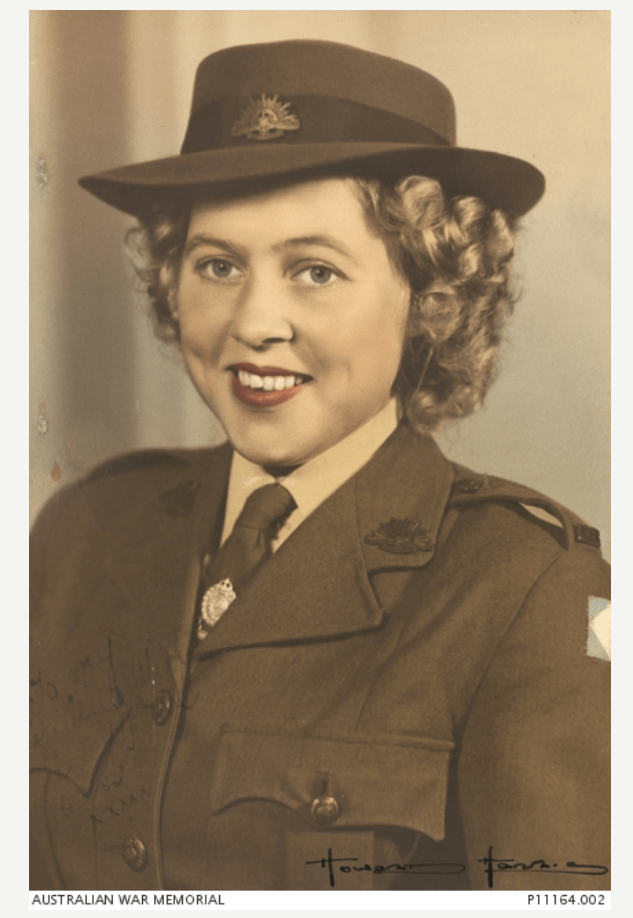
Australian War Memorial collection. An AWAS private in uniform.
Launceston Regiment, 12th Infantry Battalion
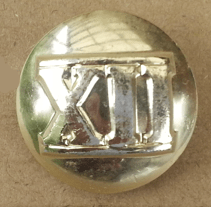
Stokes & Sons Melb (from post 1953)
This regiment operated from 1914-1919. It had its roots in the Tasmanian Volunteer Rifle Regiment formed in 1878. The battalion was re-raised in 1921 and given the title ‘Launceston Regiment’ in 1927. In 1960 after several mergers, splits and reformation, the Derwent Regiment and the Launceston Regiment were merged to form the Royal Tasmanian Regiment as part of the Army Reserve.
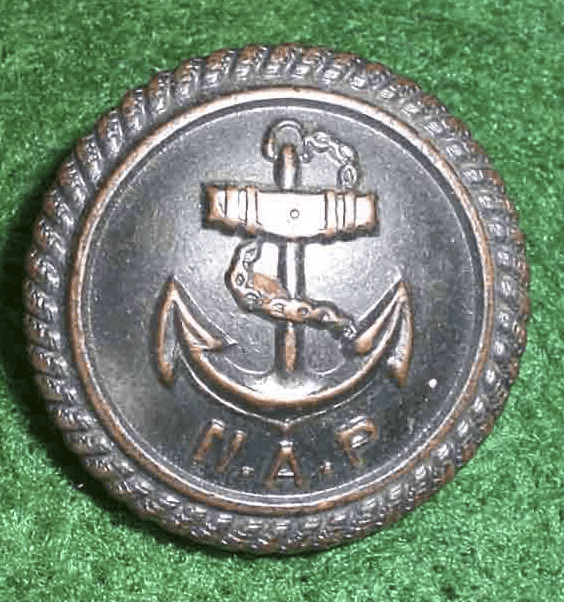
Thanks to Colin.
See also Cossum page 58.
The N.A.P. were sponsored by the Navy on 25th June 1941 to patrol the whole coastline of Australia . It absorbed the existing Volunteer Coastal Patrol, formed in 1938, originally with ten Sydney Yachtsmen but growing to over 1000 men in the ports and inlets from Queensland to the border of South Australia. In May 1942 the NAP was transferred into the Royal Australian Naval Volunteer Reserve. The strength was over 3,000 men until 1944, when the risk of enemy attack was low enough to reduce to a minimum strength. Full time service volunteers became members of the RAN and received naval rates of pay and wore naval uniform.
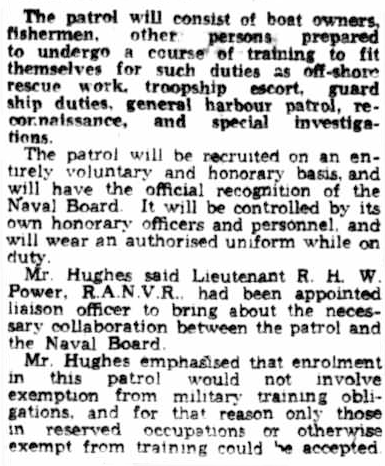
The Telegraph (Brisbane), 25th July 1941 page 5.
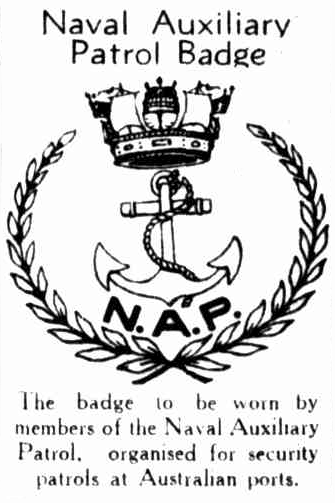
The Telegraph (Brisbane), 17th January 1942 page 4.

Australian War Memorial, image #055967. 1943: New entry N.A.P. seamanship class.
See https://www.navy.gov.au/media-room/publications/naval-auxiliary-patrol
Naval Dockyard Police
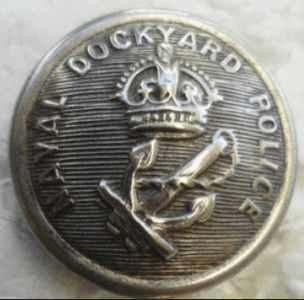
Stokes & Sons
The Naval Police formed in 1913, called at that time the Naval Dockyard Police, although they were civilians, and had no real police powers, but did guarding duties. During WW1 they took on counter espionage. They did not cease to be a civilian organisation and become auxiliary of the Navy until 1923, when they also were given statuary powers. They remained an auxiliary until 1972 when they become part of the navy proper. They were then renamed Naval Police.
Royal Australian Air Force
Australian Flying Corps
In 1912 the Australian Army ordered its first aircraft and appointed its first pilots. The first flying school was set up at Point Cook, Victoria, the following year. At first known as the Australian Aviation Corps, the Australian Flying Corps was the forerunner of the Australian Air Corps formed in 1919, then the RAAF, established in 1921. The AFC saw action in Mesopotania, Palestine and France during WW1.

On the back of the card: ‘In November 1914, the A.F.C. sent two aircraft to serve in New Guinea, so becoming the first Dominion air corps on active service. In April, 1915, the half flight sailed for Bombay to fight the Turks in Mesopotamia. Other squadrons followed. Many of our famous aviation pioneers flew with the Australian Flying Corps.’
The example of the uniform tunics in the AWM collection have the general AMF buttons with the map of Australia.

Australian War Memorial
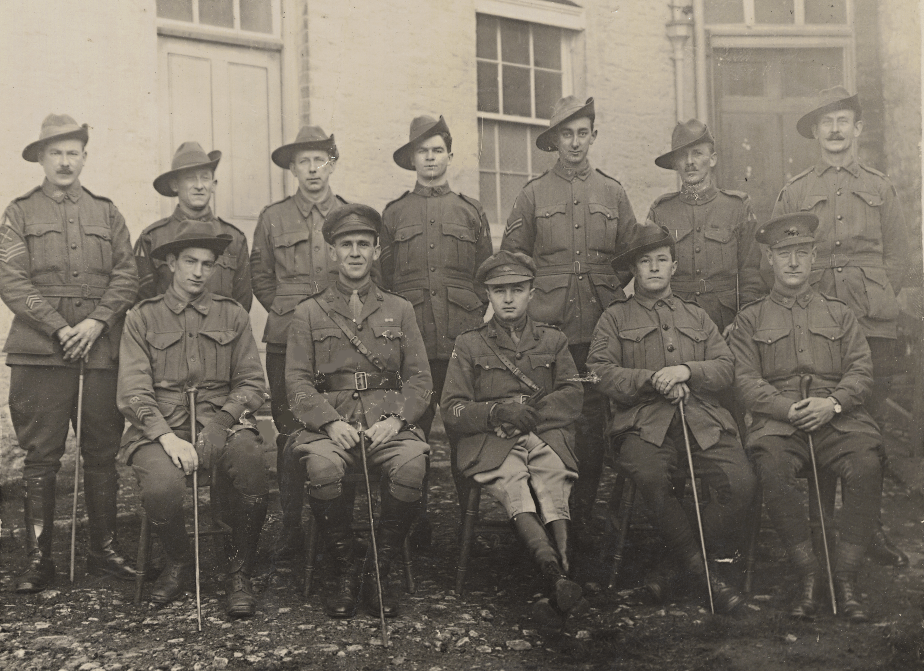
SLV # 2514249. Members of the Australian Flying Corps:1916-1920.
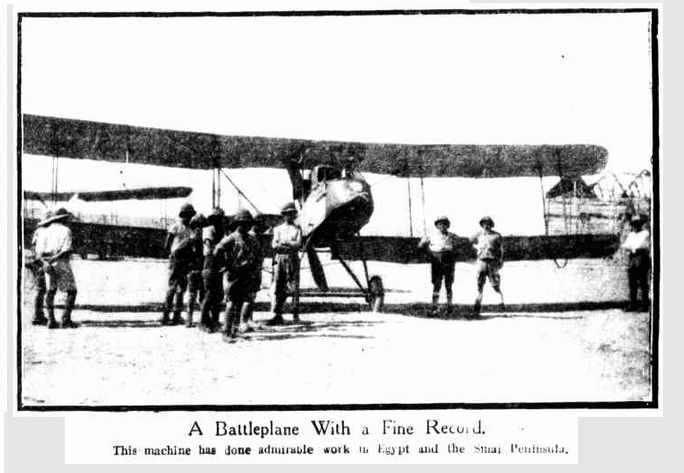
Sydney Mail, 20th December 1916 page 9.
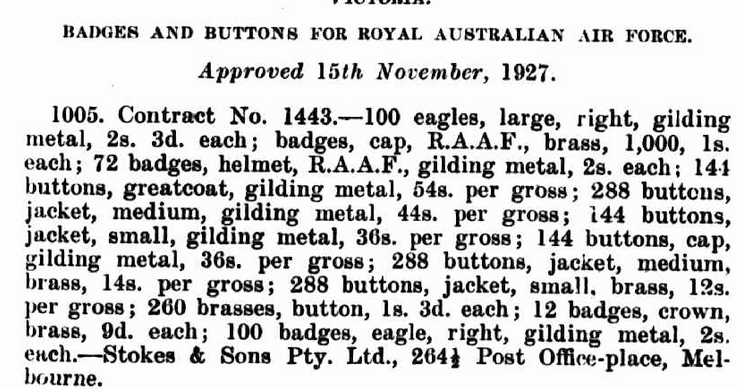
Commonwealth of Australia Gazette, 15th December 1927 page 3401.
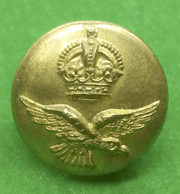
R.A.A.F. button by K. G. Luke Melbourne. Note that the initials R.A.A.F. were not added until post WW2.
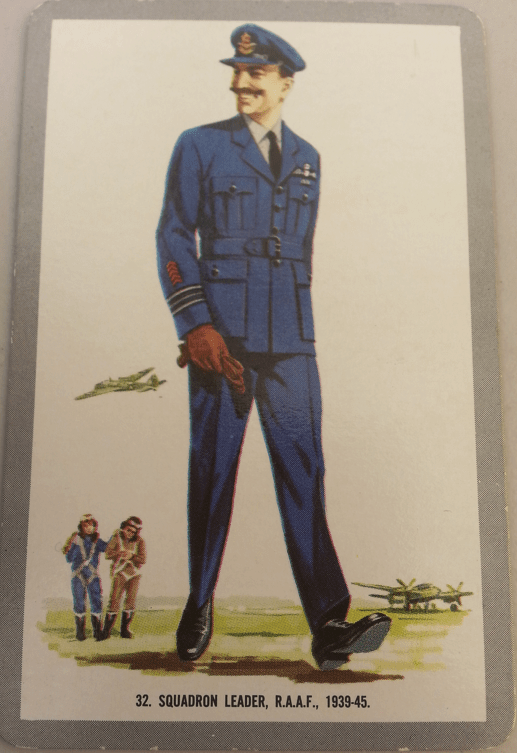
“Formerly the Australian Flying Corps, the title was changed to the Royal Australian Air Force in 1921, and until 1939 was only a small force. By 1945, however, it was one of the world’s largest air forces, its airmen winning 2,286 decorations and serving in every theatre of war. Illustrated is a pilot of the R.A.A.F.”
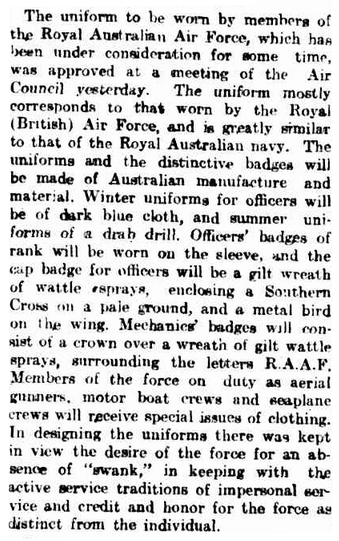
The Age (Melbourne), 21st July 1921 page 6.
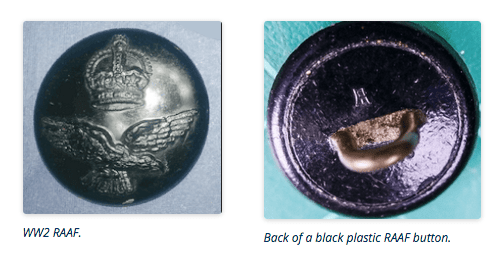
The black plastic RAAF buttons that were being superseded. Made by A.C.I. These were supplied from 1940-1953.
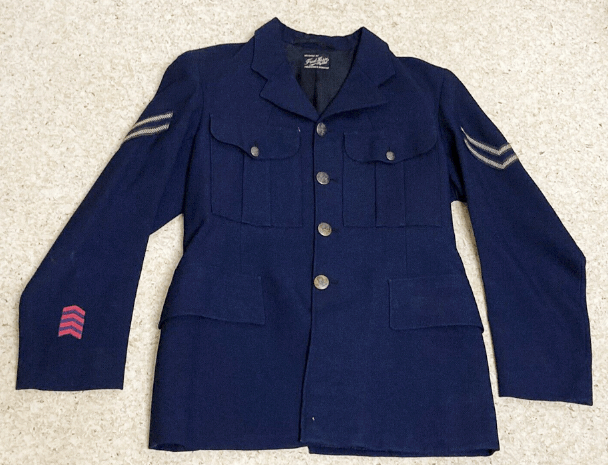
WWII RAAF Uniform Tunic – Tailored By Fred Hesse Melbourne
Royal Australian Artillery
The Royal Australian artillery had been established prior to federation in 1899 (see the pre-federation page). From Federation until 1962 the artillery was referred to as the Royal Australian Artillery. Prior to 1947 the artillery in Australia were mainly militia units. Since the 19th September 1962, the artillery were renamed the Royal Regiment of Australian Artillery as it is now a regiment of the Australian Army.
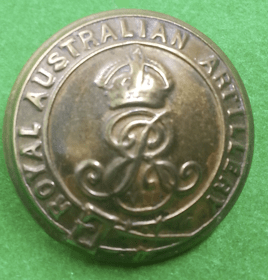
Stokes & Sons Melbourne
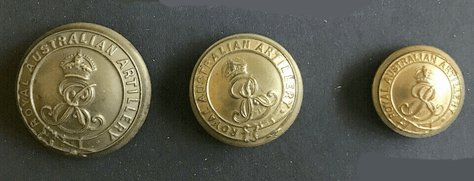
Royal Australian Artillery 1911-1912
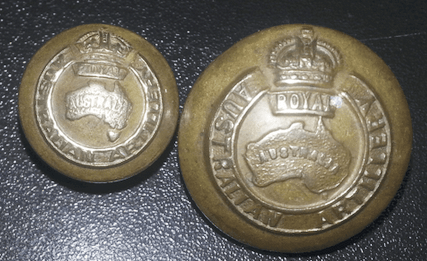
P. J. King and Stokes & Sons (?1930 version). The map on the (larger) Stokes button is distorted, with a tiny little dot of Tasmania squeezed in as an afterthought.
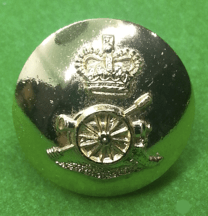
Stokes & Sons Melb 1953-1962 (The company was no longer”& Sons” from 1962.)
The Royal Australian Artillery took over post Federation from the colonial artillery units. It 1962 became the Royal Regiment of Australian Artillery.
Royal Australian Engineers
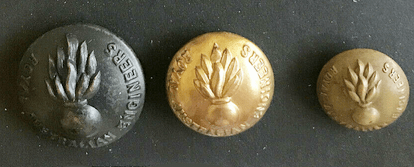
Royal Australian Engineers 1920-1940.
The RAE was formed from the merging of the colonial engineer corps in 1902. They provide engineering, construction and technical support to the defence forces.
Royal Australian Naval Brigade
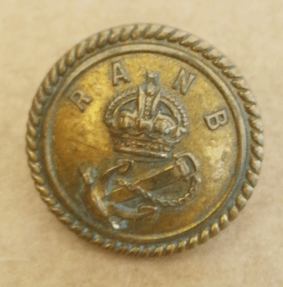
Stokes & Sons Melbourne
According to https://www.navy.gov.au/brief-history-royal-australian-naval-reserve the R.A.N.B. was the title of naval reservists from 1917 until 1920, becoming the Royal Australian Naval Volunteer Reserves in 1921.
Royal Australian Navy
See https://www.navy.gov.au/customs-and-traditions/brief-history-australian-naval-uniforms-0
The separate colonial navies were combined at Federation into the Commonwealth Naval Forces, however, it was not until 1904 that new uniforms were regulated. In 1911 it became the Royal Australian Navy.
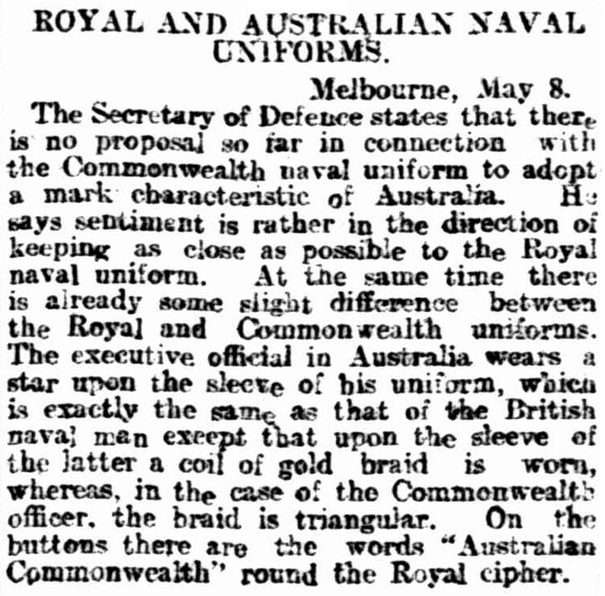
The Advertiser (Adelaide), 9th May 1910 page 14.
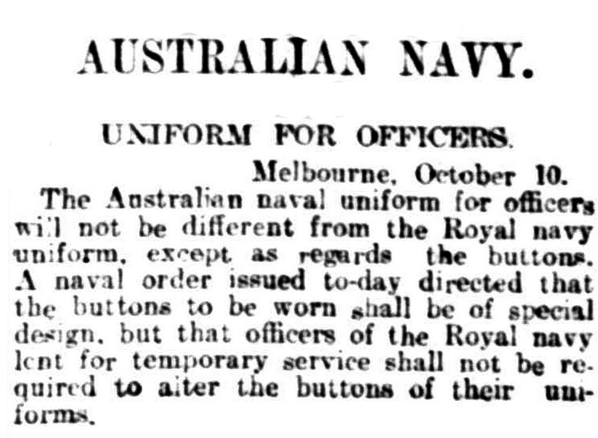
The Advertiser (Adelaide), 11th October 1911 page 10. The cap ribbons displayed the name of the vessel, such as H.M.A.S. Australia.
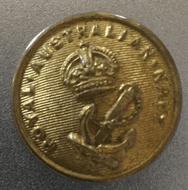
Backmark: Made in England for Chorley & Co Sydney
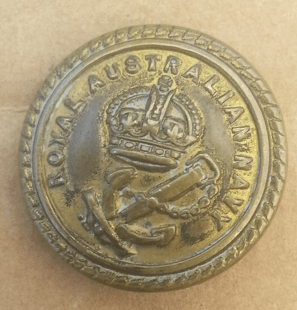
This version has the rope twist rim.
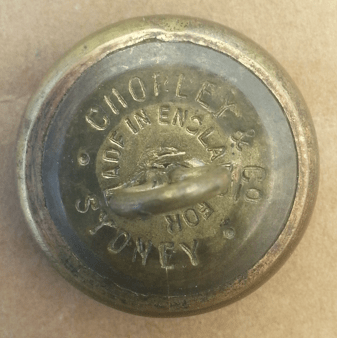
From 1911-1928 the “lazy anchor”, i.e. tilted, was replaced by the “upright anchor”.
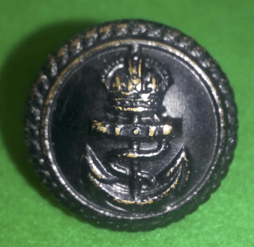
Stokes Vic: Ratings.
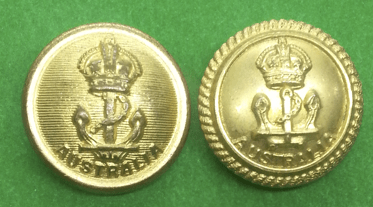
Petty Officers and Chief Petty Officers:Stokes & Sons Melb. Officers (with rope circlet) Stokes & Sons Melbourne.
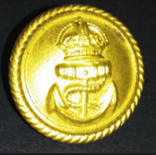
Stuart Lincoln & Co
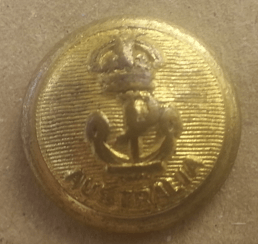
Stokes & Sons Melb. Navy hat button. 1928-1952
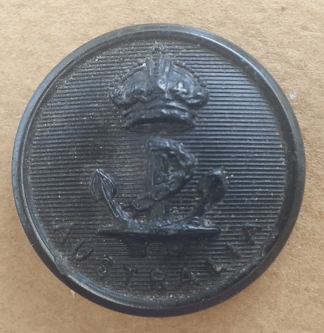
Black plastic version made by A.C.I, c.1942-3.

On the card: The Royal Australian Navy was founded in 1911 with two destroyers, the H.M.A.S. “Parramatta” and “Yarra”, and five smaller ships. By 1918 it had 21 naval vessels in service and a brilliant record, including the sinking of the German cruiser “Emden”. At the end of World War II the R.A.N. has 317 ships in commission.”

Commonwealth of Australia Gazette, 8th September 1938 page 2196.
Australian Army Medical Corps

“The R.A.A.M.C., a non-combatant unit, served with distinction in the Boer War, 1st and 2nd World Wars. Their job was mainly to recover wounded from the battlefield, give them first-aid and transport them to the field hospitals. The s soldier illustrated here is from the old militia battalion, the 17th Field Ambulance.”
Royal Navy Reserve
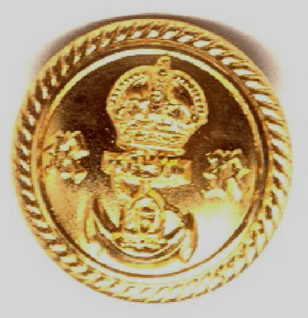
Australian National Maritime Museum collection.
According to Cossum, Stokes & Sons made uniforms for the British Royal Naval Reserve when they visited Australia. He dated them to pre 1910, but cannot confirm that. This design was used 1901-1921.
Volunteer Aid Detachment (V.A.D.)
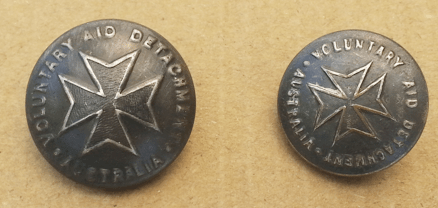
Backmark: K. G. Luke Pty Ltd Melb The buttons date 1930-1953. These buttons show the Maltese Cross of St. John’s.
There is an interesting history of the V.A.D. on Wikipedia: https://en.wikipedia.org/wiki/Voluntary_Aid_Detachment
In 1909 the British Red Cross and St John’s Ambulance Association together formulated a volunteer citizens nursing service which became known as Volunteer Aid Detachments, with nursing sections for women and a pharmacy/tradesmen/orderly section for men. The women were to supplement the Regular Army nursing service. A similar scheme was suggested in Australia in 1914.
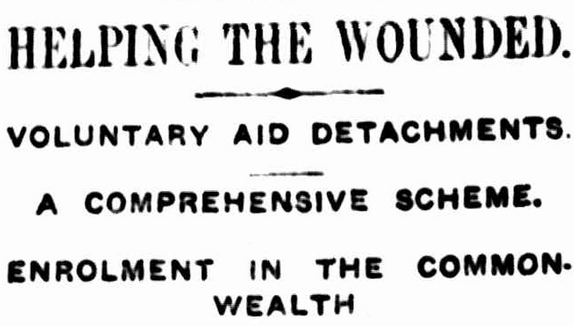
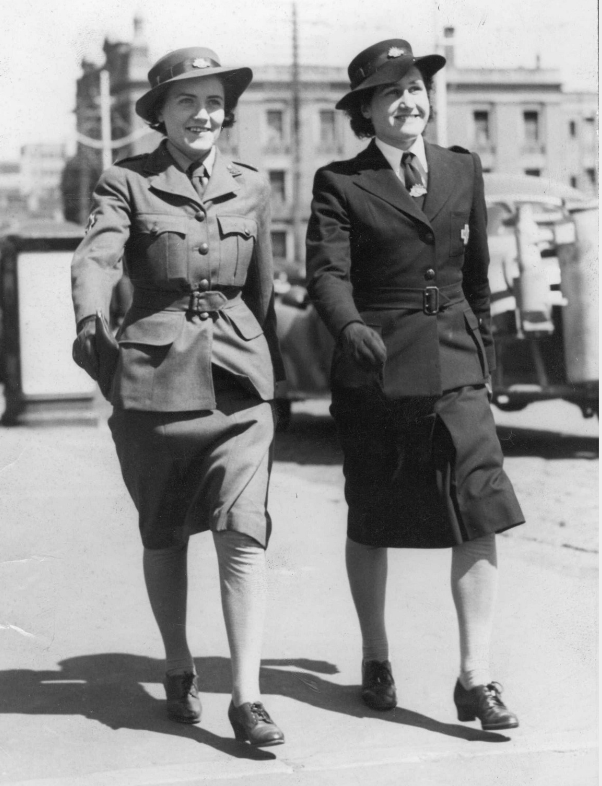
State Library Vic: image #an002197. The new (left) and old V.A.D. uniforms, 1942.
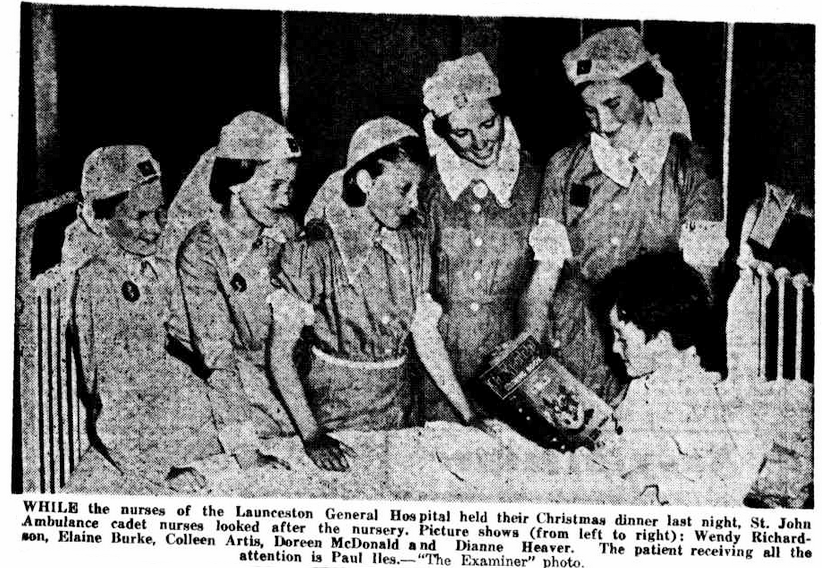
Examiner (Launceston), 23rd December 1953 page 7.
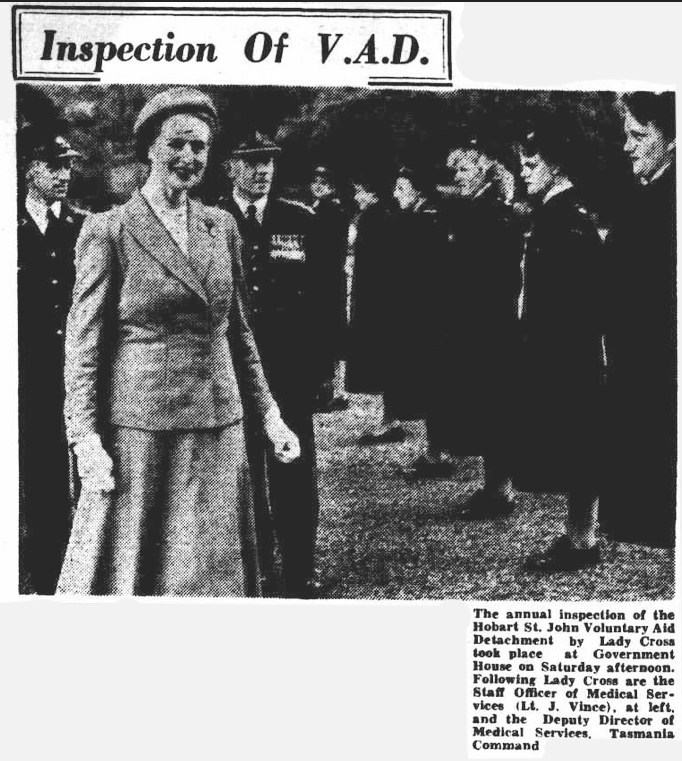
The Mercury (Hobart), 22nd March 1954 page 6.
The V.A.D member serving under Army command became the Australian Army Medical Women’s Service.
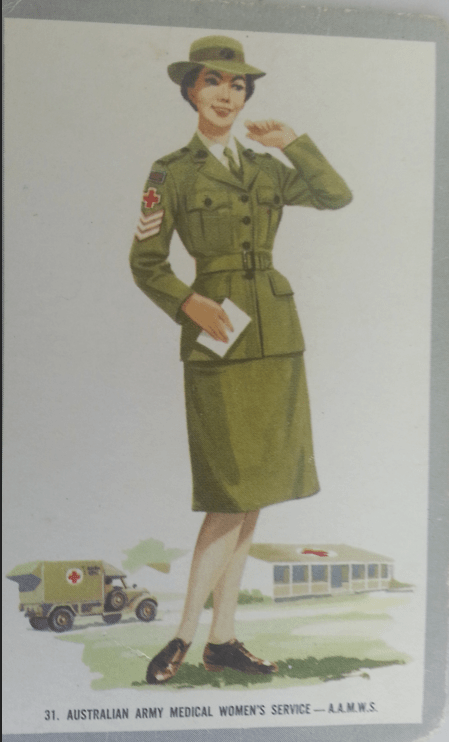
On the back: ” In World War II the A.A.M.W.S. assisted medical staffs (sic) in field and base hospitals, taking on all tasks from nursing to scrubbing floors. Many of the .A.M.W.S. saw service overseas, and since the war some have served with Australian units in British Commonwealth forces in Asia. Illustrated in a sergeant of this service.”
This service existed between 1942-1951. They were mainly drawn from Voluntary Aid Detachment personnel, and would serve full-time in military hospitals under Army control. In 1949 it became part of the Regular Army. When it disbanded in 1951 its duties were absorbed in that of the Royal Australian Army Nursing Corps.

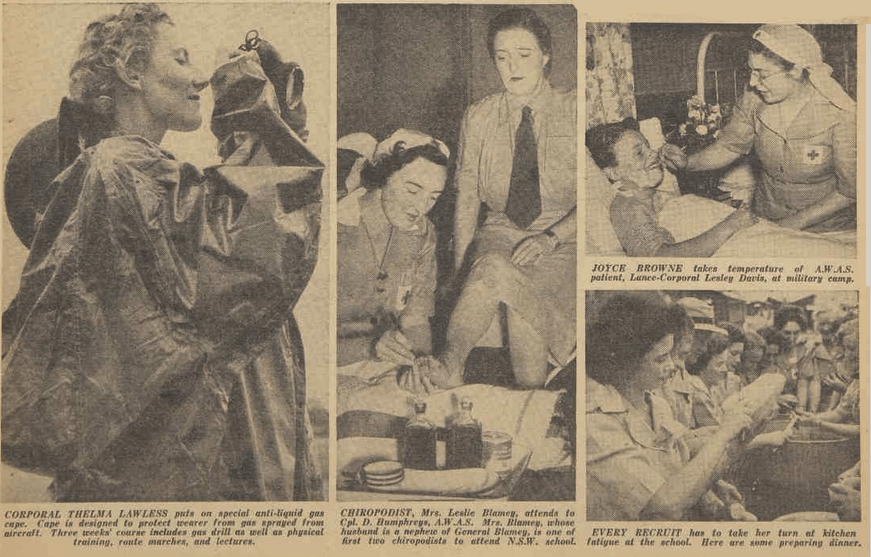
The Australian Women’s Weekly , 19th December 1942 page 13.
Women’s Air Training Corps
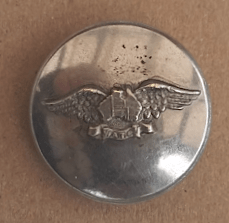
Backmarked: Stokes & Sons Melbourne. Although formed in 1939, the buttons may date from 1941 when official recognition was granted.
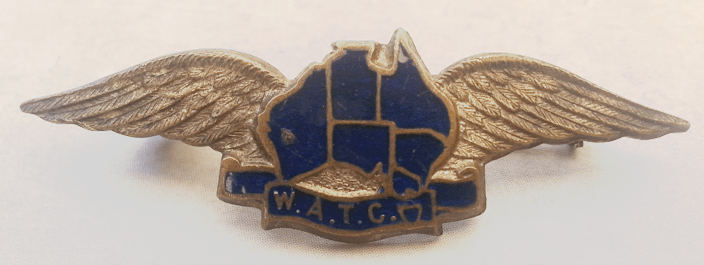

This one was made by Stokes, but they were also made by Sheridan.
The WATC was formed at Archerfield in Brisbane in July 1939 as a voluntary auxiliary service for local women interested in supporting the RAAF, although the War Council did not formally approve it until January 1941. When Flying Officer Bell, the founder of the corps, moved to Melbourne in 1939 she was asked to establish a local group. Other groups were then established around Australia. The members were trained in communications, transport and clerical work for future positions in services such as the Women’s Auxiliary Australian Air Force (WAAAF) when it was formed in 1941.
A famous member of this corps was Nancy Bird (later Nancy Bird-Walton). She was Commandant from 1942-1944. According to the State Library of West Australia, after the war the W.A.T.C. carried on for a while helping young women by the way of scholarships, to obtain their flying licenses in the Women’s Pilot’s | Association. By 1957 the W.A.T.C. was defunct and the funds were paid into the Women’s Pilots Association.
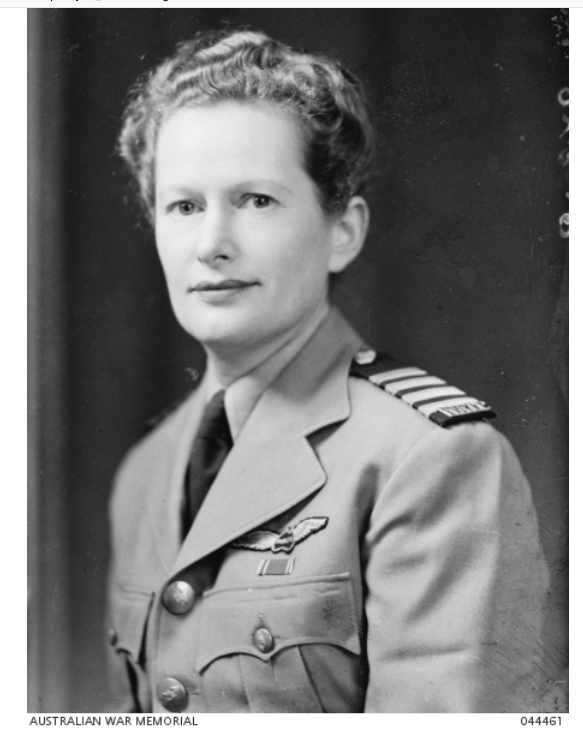
Australian War Memorial #044461
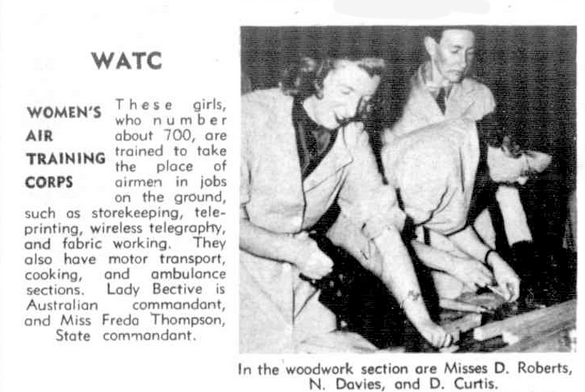
The Australasian (Melbourne), 24th May 1941 page 21.
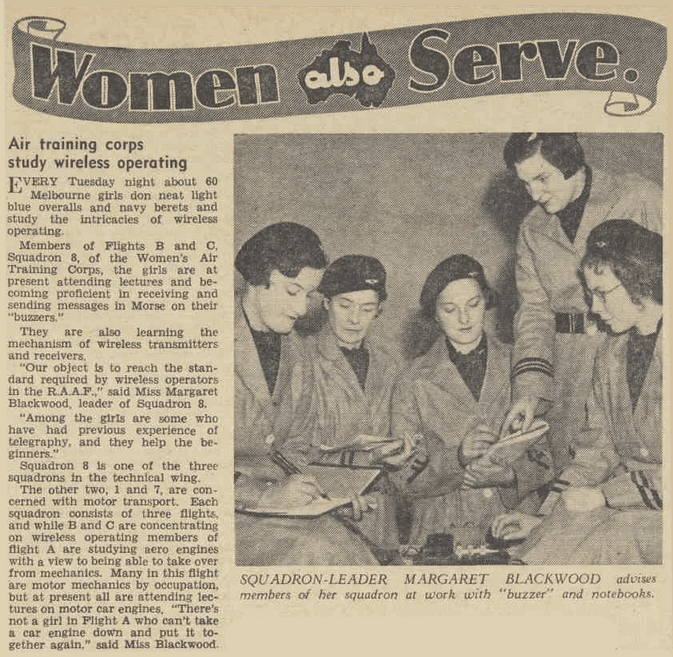
The Australian Women’s Weekly, 27th July 1940 page 31.
https://www.ozatwar.com/raaf/watc.htm
https://en.wikipedia.org/wiki/Mary_Bell_(aviator)
https://australian.museum/about/history/exhibitions/trailblazers/nancy-bird-walton/
